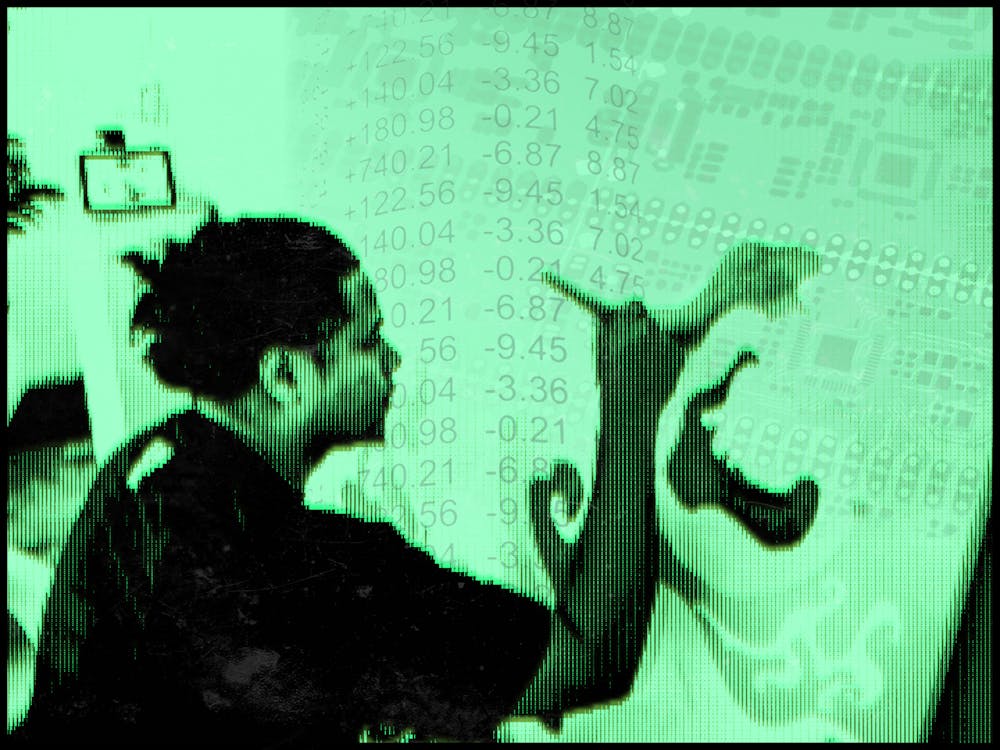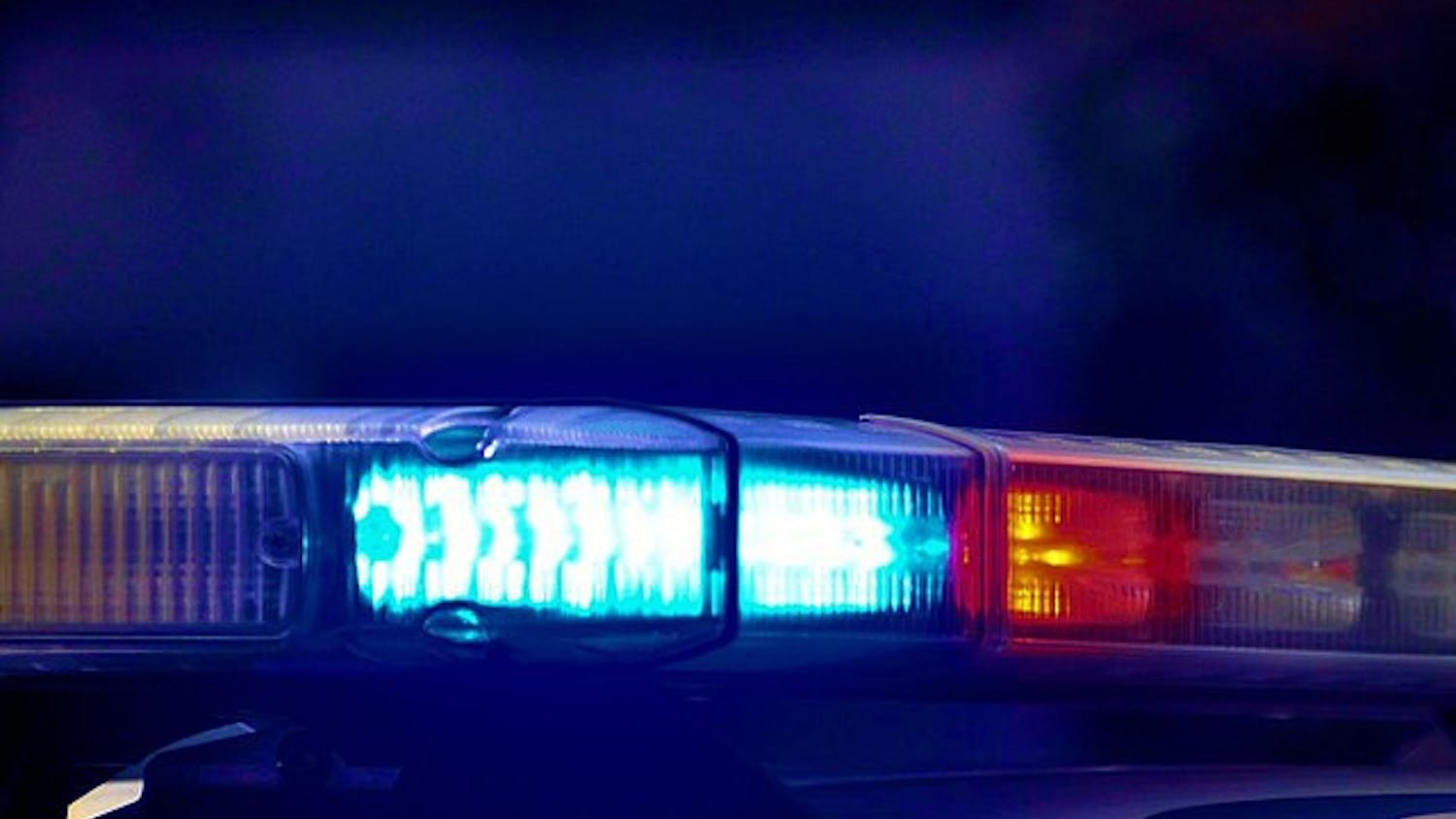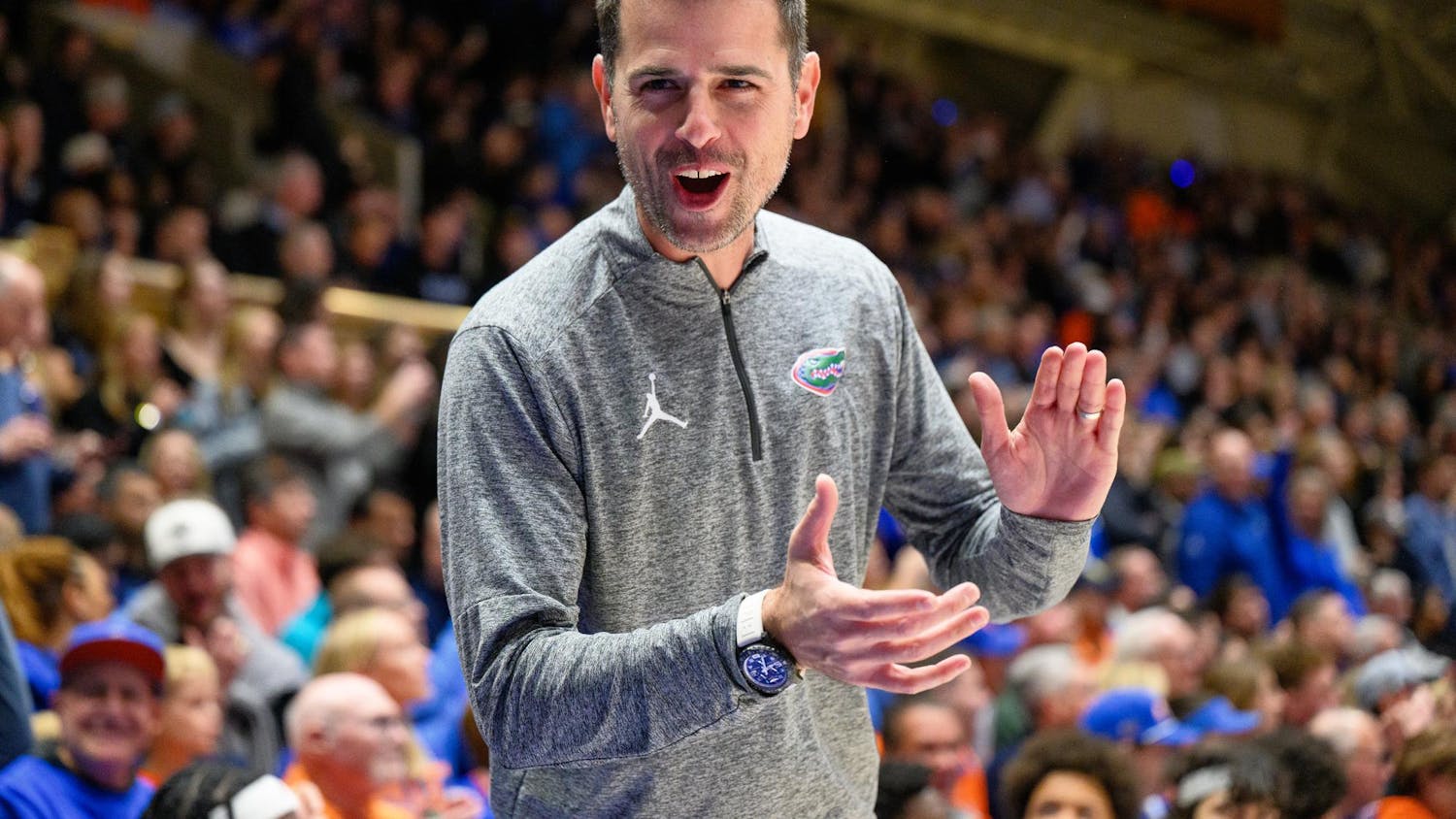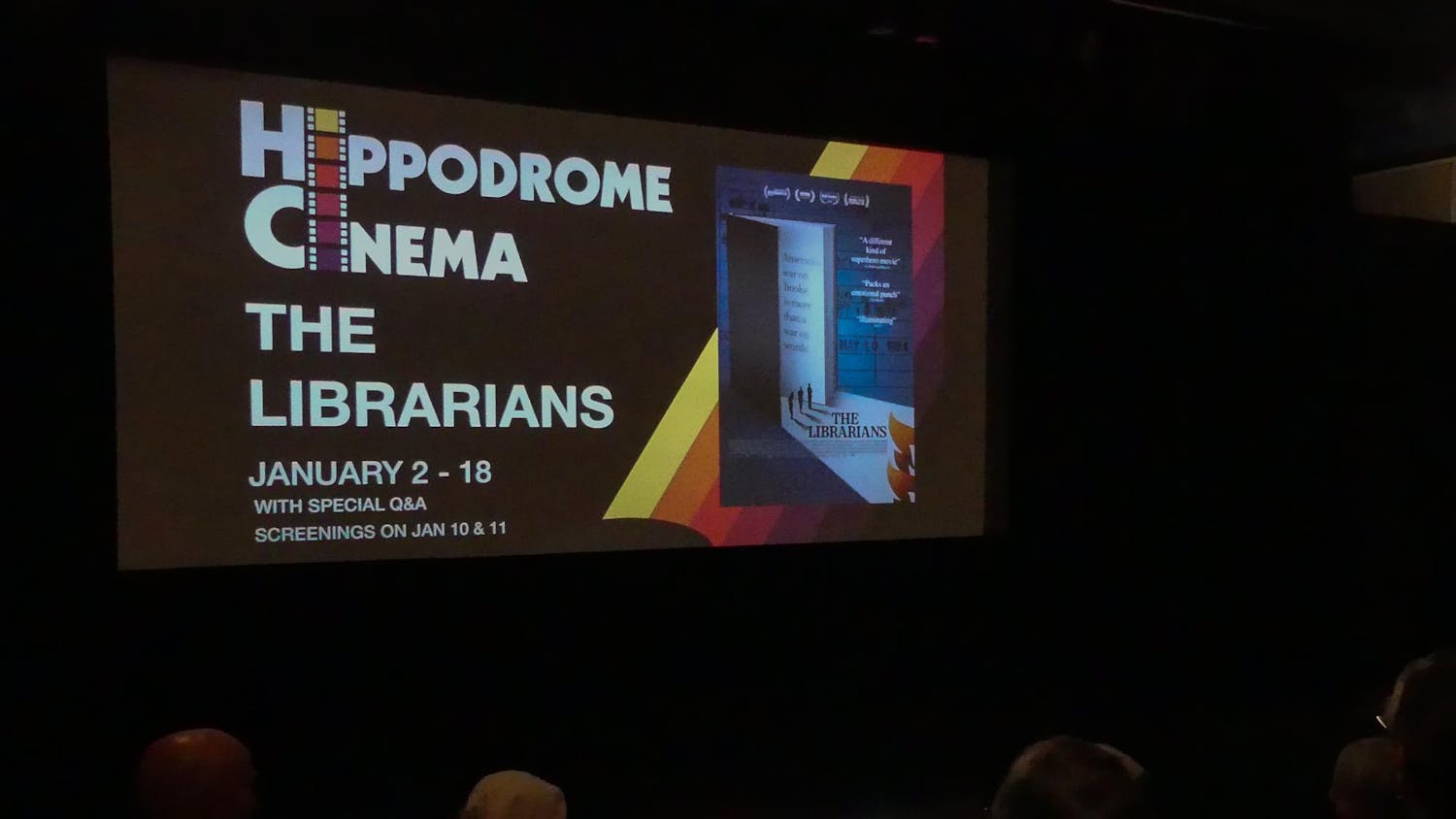When Sofia Aguirre first got to UF, she experienced a revolution.
The 20-year-old digital arts and science junior had been interested in art as a child, but she wasn’t able to fully explore this interest in school due to a lack of a good art program.
In college, she found the Digital Worlds Institute, a College of the Arts program that combines digital arts and sciences, and she has been thriving there since.
Aguirre is also passionate about upcoming technologies such as crypto, NFTs and blockchain. The development of AI-generated art intersects Aguirre’s two interests.
“This is definitely going to revolutionize the art world,” Aguirre said. “It's no longer going to be the same as it was before.”
Artificial intelligence is a field of study that uses algorithms and data to create technology that can be used in lieu of human labor. AI has been implemented across medicine, education, social media and more. But as AI continues to advance, artists have mixed feelings about how this technological development will affect the art world.
Art generated by AI is created by collecting data from other images that is later used by the AI to create new images. Many AI art platforms create images based on text prompts given by the user.
Aguirre has tried several mediums of art, but she’s recently been focusing on digital art, 2D and 3D animation and 3D modeling.
AI art can be especially helpful when creating time-consuming 3D models, Aguirre said, but programs like GET3D help create models from user-provided prompts.
“All you have to do is type in what you want, and it just does it right for you,” she said. “A 3D model like that would probably take an artist a week to do, and the artificial intelligence does it in two seconds — so it's pretty powerful.”
While some artists fear AI art may replace them completely, Aguirre recognizes that AI art can actually help artists continue to create art in new ways. AI can create images quicker than an artist alone could, she said, but pieces still require time, energy and effort.
“At the end of the day, it doesn't come down to just art,” Aguirre said. “It comes down to creativity.”
Johnny Nguyen, a 21-year-old UF management and economics senior and local artist, sees both a positive and negative side to the development of AI technology in art.
“It is going to change the art scene, for better or worse,” he said. “It forces current artists of this day to innovate beyond what they can currently do to match up with this new trend.”
Nguyen typically creates physical art like sketches, illustrations and paintings, which he sells at local markets in Gainesville.
While he understands both sides of the debate, he said, he thinks AI art can take away the human elements of art. For instance, using AI art may eliminate some of the context behind a painting, such as time period or social issues, he said.
One of the reasons he loves art so much is that he loves seeing an artists’ individuality and intentional choices, he said.
Alyssa Leong, a 20-year-old UF psychology junior and digital artist, is also concerned about the ethics of AI art — particularly artists not being fairly compensated for their work.
“If it's used to be fed into these AI machines, they're not getting paid for it at all,” she said.
This is especially frustrating because some AI generators cost money to use, Leong said, so the company will make money off the art but not the artist. There’s also no official way for artists who publish their work online to opt out of having it used in AI systems, she said.
However, Leong believes this may change in the future. Since AI art is fairly new, there are not many laws about what can and cannot be used — but this may not be the case forever.
One solution is an opt-in system, she said, meaning an artist could sell their art with copyrights to AI companies and be more fairly compensated.
Another issue with AI art is the bias that comes with many of its data sets. AI data sets are made up of images that are fed into them. Because humans are the ones making these sets and humans often have biases, these biases can then be present in the art generated by AI.
Amelia Winger-Bearskin, a UF AI and the arts associate professor, said AI data sets typically include more Western media rather than diverse, inclusive images.
“It's harder to find images that are based on cultures from all over the world,” she said.
Because this technological problem comes from its humanity, its solution will also come from its human elements, Winger-Bearskin said. Having more inclusive AI comes down to being intentional about the data it’s fed from the start.
“I hope we can someday have truly unbiased models — or at least less biased models — from the beginning of the creation of these algorithms,” she said.
Contact Lauren at lwhiddon@alligator.org. Follow her on Twitter @Laurenwhid.
Lauren Whiddon is a UF journalism senior and the multimedia editor. When she's not writing she is updating her Letterboxd account or reading classic literature.






